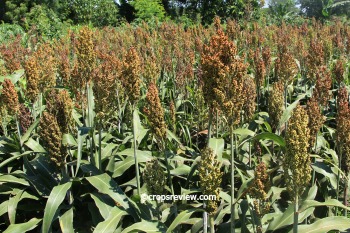Cover crops (also written in a single word, i.e., covercrops) are plants grown primarily to prevent the soil from being eroded by wind and water.
In addition, they help regulate soil temperature, suppress weed growth, reduce pests and diseases, minimize loss of water from the ground through evaporation, enhance soil fertility, add organic matter to the soil, improve soil aeration, and promote high water infiltration.


